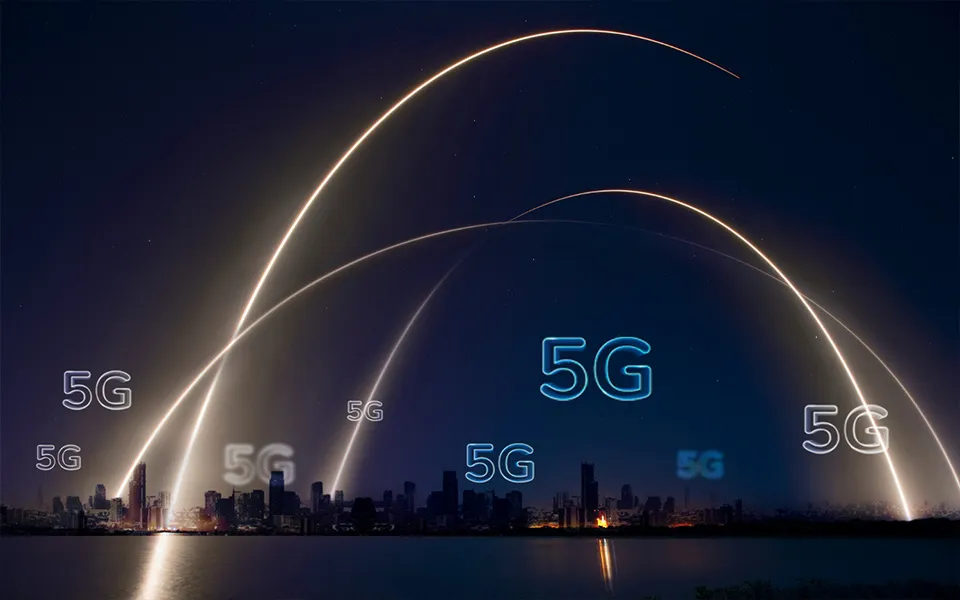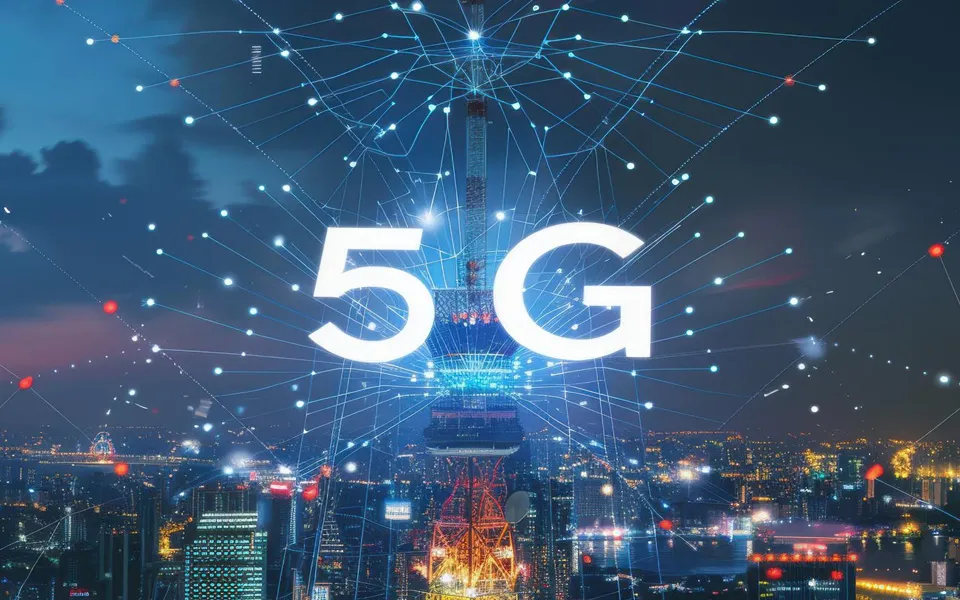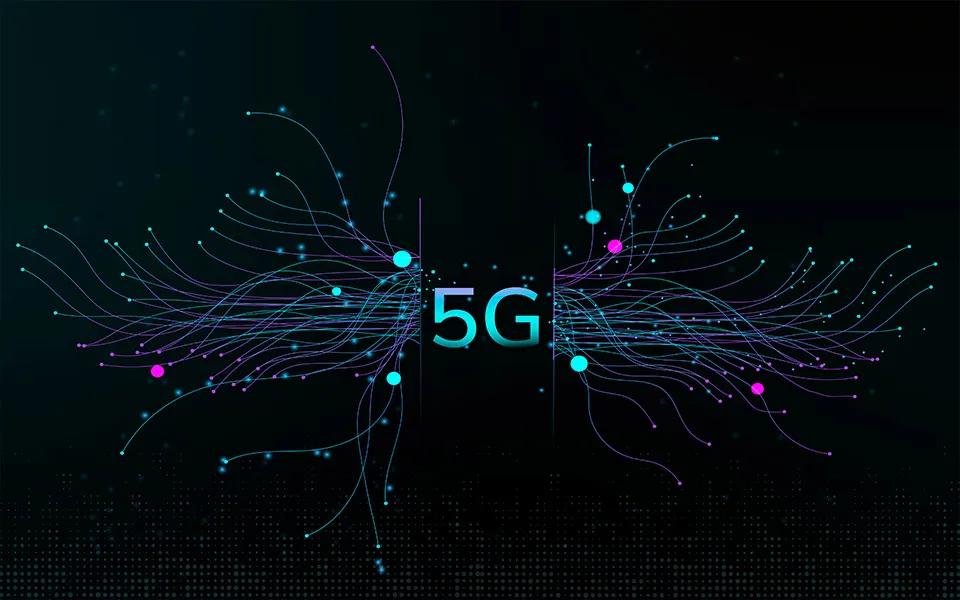The Role of 5G in Intelligent Automation and Industry Digitization
The advent of fifth-generation (5G) wireless technology marks a pivotal moment in the evolution of digital infrastructure. This transformative technology promises to redefine the landscape of industry automation and digitization by delivering unprecedented speed, reliability, and connectivity. As industries worldwide embrace digital transformation, the integration of 5G technology stands as a cornerstone in advancing intelligent automation and achieving seamless digitization.

Enhanced Connectivity and Speed
One of the most significant contributions of 5G technology to intelligent automation is its unparalleled speed and connectivity. Unlike its predecessors, 5G offers data transfer rates that are up to 100 times faster than 4G LTE. This leap in speed facilitates real-time data processing and communication, essential for applications requiring immediate responsiveness.
In industrial settings, this means that machine-to-machine (M2M) communication can occur with minimal latency, enabling faster decision-making and more efficient operations. For instance, in a smart manufacturing environment, real-time data from sensors and machines can be processed instantly, leading to improved operational efficiency and reduced downtime. The rapid data transfer capabilities of 5G enable more effective monitoring and control of industrial processes, enhancing overall productivity.
Improved Network Reliability and Reduced Latency
5G technology introduces a substantial reduction in latency compared to previous generations. With latency reduced to as low as one millisecond, 5G ensures near-instantaneous communication between devices. This low-latency characteristic is crucial for applications that rely on synchronized operations and rapid response times.
In intelligent automation, reduced latency translates to more precise control over automated systems. For example, in autonomous vehicles, the ability to process and respond to data with minimal delay is critical for safe and efficient operation. Similarly, in remote surgery, where precision is paramount, the near-instantaneous communication enabled by 5G can significantly enhance the effectiveness and safety of telemedicine procedures.
Massive Device Connectivity
Another transformative aspect of 5G is its capacity to support a massive number of connected devices simultaneously. 5G networks are designed to handle up to one million devices per square kilometer, a significant increase from previous generations. This capability is instrumental in the context of the Internet of Things (IoT), where numerous devices and sensors are interconnected.
In an industrial context, this extensive connectivity allows for the seamless integration of various IoT devices, such as sensors, actuators, and robotics. Intelligent automation systems can leverage this dense network of devices to gather and analyze data from multiple sources, leading to more informed decision-making and optimized processes. For instance, smart factories can deploy a vast array of sensors to monitor equipment health, track inventory, and manage supply chains, all of which contribute to more efficient and streamlined operations.
Facilitating Edge Computing
5G technology is closely associated with the rise of edge computing, a paradigm shift that involves processing data closer to its source rather than relying solely on centralized data centers. By combining 5G with edge computing, industries can achieve faster data processing and reduced latency, as data does not need to travel long distances to reach a central server.
Edge computing complements intelligent automation by enabling real-time data analysis at the point of generation. In manufacturing, for example, edge devices can analyze sensor data locally to detect anomalies and trigger immediate responses, such as halting a production line to prevent equipment damage. This localized data processing enhances the efficiency and responsiveness of automated systems, leading to improved operational outcomes.
Enabling Advanced Applications
The capabilities of 5G open the door to a range of advanced applications that drive further digitization and automation in various industries. Augmented reality (AR) and virtual reality (VR) are two notable examples where 5G’s high bandwidth and low latency significantly enhance the user experience.
In sectors such as training and maintenance, AR and VR applications can be utilized to provide immersive and interactive experiences. For instance, technicians can use AR glasses to receive real-time instructions and overlay data on physical equipment during maintenance procedures. 5G’s ability to deliver high-definition, real-time content ensures that these applications operate smoothly and effectively, contributing to more efficient training and maintenance processes.
Transforming Industrial Ecosystems
The integration of 5G technology into industrial ecosystems fosters the development of new business models and operational paradigms. Industries can leverage 5G to create interconnected systems that offer enhanced visibility, control, and efficiency.
For example, in logistics and supply chain management, 5G enables real-time tracking of goods and assets, providing a comprehensive view of the supply chain. Automated warehouses can utilize 5G to coordinate robotic systems for inventory management and order fulfillment, leading to faster and more accurate operations. Additionally, smart grids powered by 5G can optimize energy distribution and consumption, contributing to more sustainable and efficient energy management.
Conclusion
The role of 5G in intelligent automation and industry digitization is profound and multifaceted. By providing enhanced connectivity, speed, and reliability, 5G technology facilitates the seamless integration of advanced applications and the development of innovative business models. As industries continue to embrace digital transformation, 5G will play a critical role in driving progress and unlocking new opportunities for automation and efficiency.
In conclusion, the convergence of 5G with intelligent automation and digitization represents a transformative shift in industrial capabilities. The continued evolution of 5G technology promises to further enhance its impact, driving advancements that will shape the future of industries worldwide








